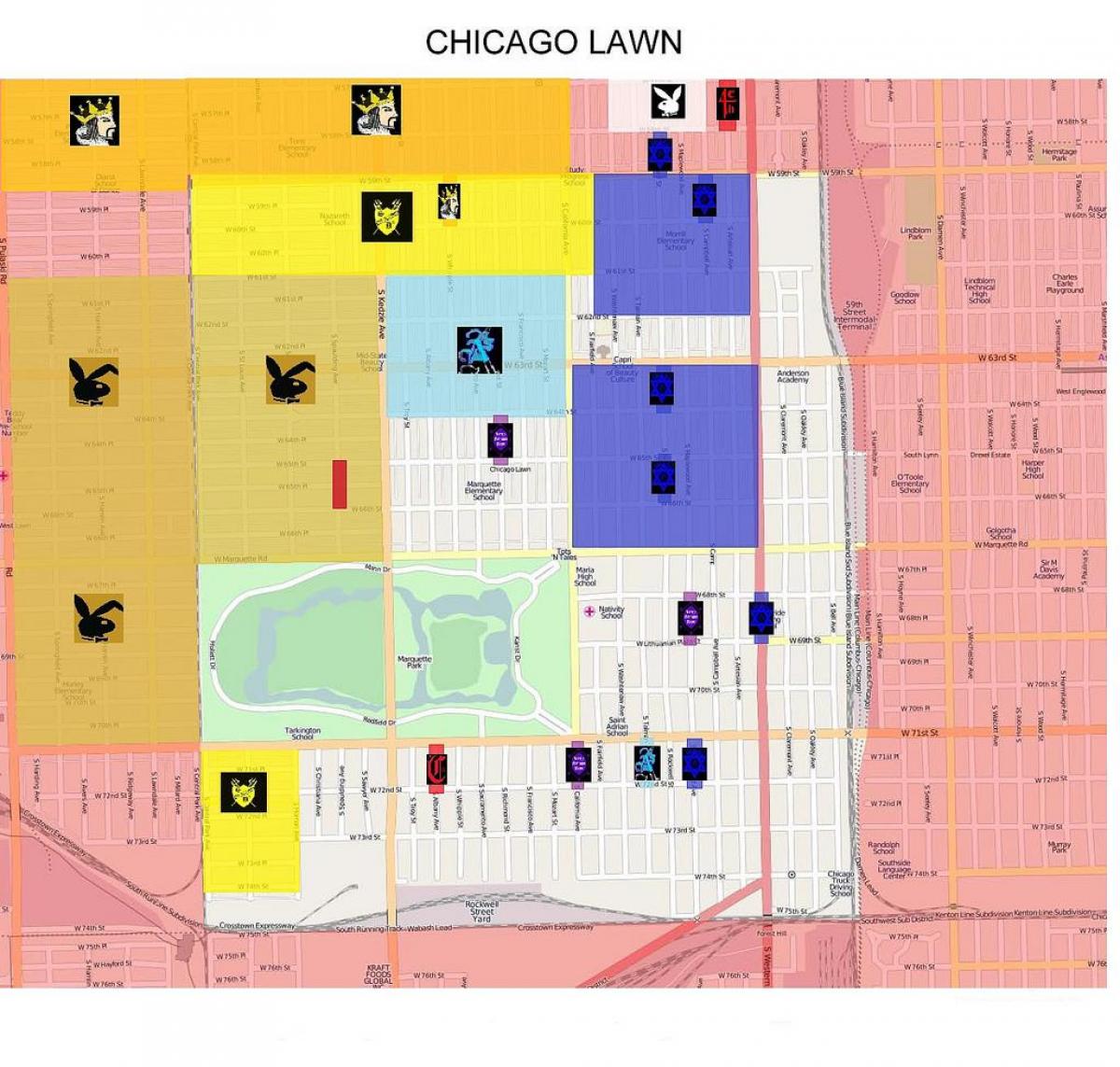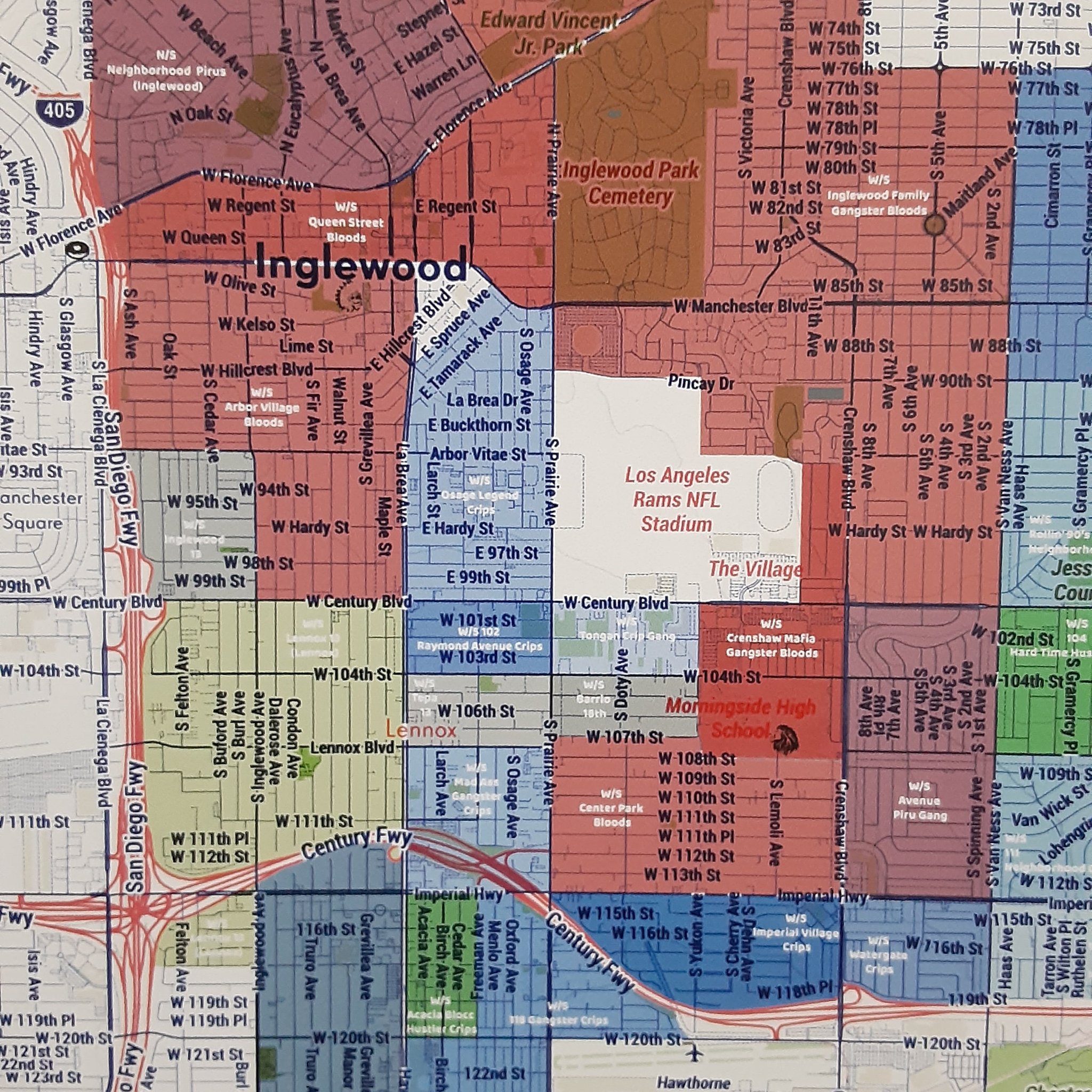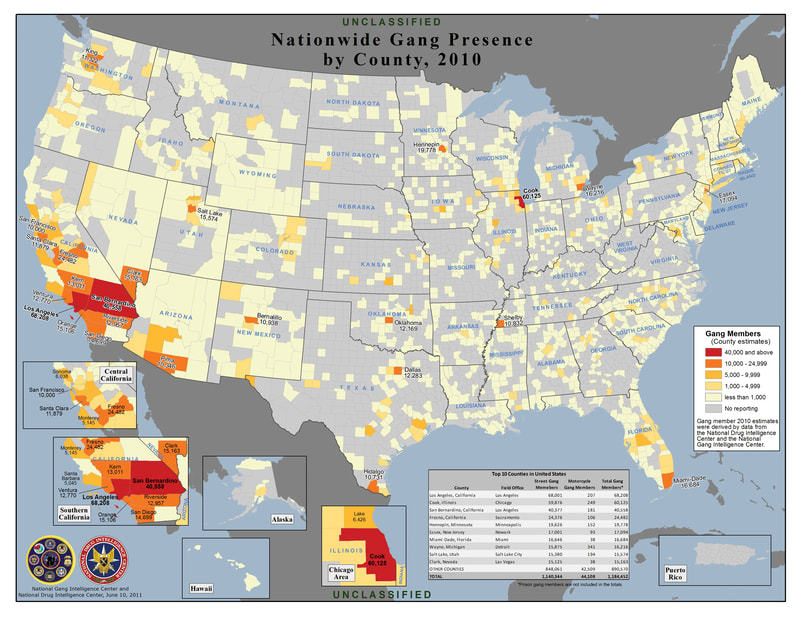So, you’ve probably heard about gang maps before. Maybe it popped up in a crime drama or a news report. But what exactly is a gang map? Is it just some sketchy blueprint for troublemakers, or is there more to it? Gang maps are actually more complex than you might think, and they play a significant role in understanding urban dynamics, law enforcement strategies, and even community safety. If you’re curious about this topic, you’re in the right place.
Let’s dive into the world of gang maps and uncover what they really mean. Whether you’re a student researching urban sociology, a law enforcement enthusiast, or simply someone interested in how cities work, this article has got you covered. We’ll break down the concept, its importance, and how it impacts everyday life.
And don’t worry, we’ll keep it real—no fancy jargon here. Think of this as a casual chat over coffee, where we explore the ins and outs of gang maps without losing you in technical mumbo jumbo. So, grab a cuppa, and let’s get started!
Read also:Mobile Streaming The Ultimate Guide To Revolutionizing Your Entertainment Experience
What Exactly Is a Gang Map?
A gang map is essentially a visual representation of areas controlled by different gangs. It’s like a territorial guide that shows which parts of a city or neighborhood belong to specific gangs. These maps aren’t just random doodles; they’re carefully crafted tools used by law enforcement agencies to monitor gang activity and prevent violence.
Now, you might be wondering, “Why do we need these maps?” Well, gang maps help authorities understand the dynamics of gang warfare, predict potential conflicts, and allocate resources effectively. They’re not just for cops, though. Community leaders and social workers also use them to identify at-risk areas and implement programs to reduce gang involvement.
Key Features of a Gang Map
Here are some of the main features you’ll find on a typical gang map:
- Territorial Boundaries: Clearly marked lines showing where one gang’s turf ends and another’s begins.
- Gang Names: Labels indicating which gangs control specific areas.
- Hotspots: Areas with high levels of gang activity or violence.
- Safe Zones: Locations considered neutral or off-limits to gang members.
These features make gang maps incredibly useful for anyone looking to understand the complex web of gang activity in urban environments.
Why Are Gang Maps Important?
Gang maps are more than just tools for law enforcement. They’re vital for maintaining public safety and fostering community development. By understanding where gangs operate, authorities can take proactive measures to prevent violence and protect citizens.
For instance, if a gang map shows an area with frequent turf wars, police can increase patrols in that region. Similarly, community organizations can use these maps to focus their efforts on areas most in need of support and resources.
Read also:Livestreaming Growth The Ultimate Guide To Skyrocketing Your Online Presence
How Gang Maps Impact Communities
The impact of gang maps extends beyond law enforcement. They influence how communities perceive their surroundings and interact with each other. Here’s how:
- Increased Awareness: Residents become more aware of potential dangers in their neighborhoods.
- Community Engagement: Maps encourage residents to work together to improve their areas.
- Economic Development: Businesses can use gang maps to assess risks and make informed decisions about where to invest.
Ultimately, gang maps serve as a bridge between law enforcement, communities, and stakeholders, helping everyone work toward a safer and more prosperous environment.
The History of Gang Maps
Gang maps have been around for decades, but their origins can be traced back to the early 20th century when urbanization led to the rise of street gangs. Back then, law enforcement officers would manually draw maps on paper, marking gang territories with colored pens.
As technology advanced, so did the sophistication of gang maps. Today, digital tools like GIS (Geographic Information Systems) allow authorities to create detailed, interactive maps that provide real-time updates on gang activity.
Evolution of Gang Mapping Techniques
Here’s a quick look at how gang mapping techniques have evolved over the years:
- 1920s-1960s: Hand-drawn maps with basic territorial boundaries.
- 1970s-1990s: Introduction of computerized mapping software.
- 2000s-Present: Advanced GIS systems with real-time data integration.
This evolution has made gang maps more accurate and effective, enabling better decision-making for both law enforcement and community leaders.
How Are Gang Maps Created?
Creating a gang map involves gathering data from various sources, including police reports, community input, and intelligence from informants. Once the data is collected, it’s analyzed and plotted on a map to create a comprehensive visual representation of gang activity.
Here’s a step-by-step breakdown of the process:
- Data Collection: Gather information on gang territories, conflicts, and hotspots.
- Data Analysis: Analyze the data to identify patterns and trends.
- Map Creation: Plot the data on a map using GIS software.
- Validation: Verify the accuracy of the map with field observations.
Each step is crucial to ensuring the map is as accurate and useful as possible.
Tools Used in Gang Mapping
Modern gang mapping relies heavily on technology. Some of the tools commonly used include:
- GIS Software: Programs like ArcGIS and QGIS for creating and analyzing maps.
- Database Management Systems: Tools for storing and organizing large amounts of data.
- Mobile Apps: Applications for real-time data collection and updates.
These tools make the mapping process faster and more efficient, allowing authorities to respond quickly to changes in gang activity.
Controversies Surrounding Gang Maps
While gang maps are incredibly useful, they’re not without controversy. Some critics argue that these maps can perpetuate stereotypes and stigmatize certain communities. Others worry that they may lead to increased surveillance and profiling of minority groups.
For example, if a gang map shows a predominantly minority neighborhood as a high-risk area, it could lead to increased police presence and potential harassment of innocent residents. This highlights the need for responsible use of gang maps and careful consideration of their implications.
Addressing Concerns About Gang Maps
To address these concerns, it’s important to involve community members in the mapping process. By doing so, authorities can ensure that the maps accurately reflect reality and don’t unfairly target certain groups.
- Community Input: Encourage residents to share their perspectives and experiences.
- Transparency: Make the data and methodology behind the maps publicly available.
- Accountability: Hold authorities accountable for how they use the maps.
By taking these steps, we can minimize the negative effects of gang maps and maximize their benefits.
Real-World Applications of Gang Maps
Gang maps aren’t just theoretical tools—they’re actively used in cities around the world to combat gang violence and improve public safety. Let’s take a look at some real-world examples:
- Los Angeles, USA: The LAPD uses gang maps to monitor activity in high-crime areas and deploy resources accordingly.
- London, UK: The Metropolitan Police employs gang maps to track rivalries and prevent gang-related incidents.
- Mexico City, Mexico: Authorities use gang maps to coordinate efforts with community organizations to reduce violence.
These examples demonstrate the practical applications of gang maps and their effectiveness in improving urban safety.
Success Stories
There are countless success stories where gang maps have made a tangible difference. For instance, in one city, the implementation of a gang map led to a 30% reduction in gang-related violence over a two-year period. This kind of impact shows just how powerful these tools can be when used correctly.
Future of Gang Mapping
As technology continues to advance, the future of gang mapping looks promising. Innovations in AI, machine learning, and big data analytics are set to revolutionize how we create and use gang maps.
Imagine a world where gang maps update in real-time, predicting conflicts before they happen and alerting authorities to potential threats. This level of precision could drastically reduce gang violence and improve public safety.
Emerging Technologies in Gang Mapping
Here are some of the emerging technologies that could shape the future of gang mapping:
- AI-Powered Analytics: Systems that analyze data to predict gang activity and recommend interventions.
- Drone Surveillance: Drones equipped with cameras to monitor gang activity in real-time.
- Social Media Monitoring: Tools that track gang-related activity on social media platforms.
These technologies have the potential to make gang maps even more effective and valuable for law enforcement and communities alike.
Conclusion
In conclusion, gang maps are powerful tools that play a crucial role in understanding and addressing gang activity in urban environments. From their humble beginnings as hand-drawn sketches to their current status as advanced digital tools, gang maps have evolved significantly over the years.
While they’re not without controversy, the benefits of gang maps far outweigh the drawbacks when used responsibly. By involving communities in the mapping process and ensuring transparency, we can minimize the negative effects and maximize the positive impact.
So, the next time you hear about gang maps, remember that they’re not just tools for law enforcement—they’re vital resources for anyone interested in making our cities safer and more prosperous. And if you found this article helpful, why not share it with a friend or leave a comment? Let’s keep the conversation going!
Table of Contents


